We all know that good lighting makes us look better, but a well-lighted room also makes us feel better. While home decorators often treat lighting as an afterthought, interior designers know that good lighting is more complicated than switching on an overhead light. Your home or apartment may come with built-in lighting such as overhead lights, bathroom light fixtures, or vanity mirror with lights. The quality of light cast by built-in lighting fixtures can be modified by your choice of bulb or by using a dimmer switch, but built-in lighting should never be the sole source of lighting in a room.
Floor Lamps
Floor lamps, also known as standing lamps, come in many shapes and styles that can be adapted to various areas of the house. From a design perspective, floor lamps are often sculptural pieces of decor that add interest to a room even when turned off.
Table lamps come in a range of sizes, heights, styles, and materials, but are all designed to be placed on a flat surface that is not the floor—a nightstand, a side table in a hallway, a fireplace mantel, a credenza in the living room, or on a kitchen table for an extra layer of atmospheric lighting while dining.
Those who primarily work on a computer screen may be tempted to use a table lamp to add ambient light to a desk. But if you use your desk for other tasks such as reviewing paperwork, writing or sketching by hand, using a desk light that provides adjustable task lighting can make you more productive and protect your eyesight.
Desk lamps typically include an adjustable head that allows you to direct light to illuminate what you are working on. Architect-style lamps are popular for their cool industrial design and ease of use. But you can also find desk lamps in styles that range from vintage to modern minimalist depending on your taste.
Chandeliers and Pendant Lighting

Chandeliers and pendant lights are hung from the ceiling, suspended by chains or cords that allow them to float in the room.
A large chandelier or pendant light may be hung in the center of the ceiling to add ambient light to a room and create a focal point. You can also hang smaller chandeliers or pendant lights on either side of a bed, over bathroom sink vanities, or over a dining table or kitchen island to define the space. You can control the light by hanging your light fixture at the right height.
Wall Sconces
MOON MIRROR® Modern Clear Globe Glass Shade Wall Sconces
A wall sconce is a decorative light fixture that is either hardwired into the wall for a seamless look or powered by a plug-in cord. Wall sconces come in many styles and may be hung singly, in pairs, or in multiples depending on the space. When turned off, they function as decor. When illuminated, they spread soft light onto the wall. Sconces free up space on a nightstand, add ambient light to hallways, and provide flattering light in bathrooms. Consider modern wall sconces or brass wall sconces to add a touch of elegance to your room.
Decorative Accent Lighting

The final layer of lighting in a room comes in the form of decorative accent lighting that adds ambiance to a room, from neon-lit signage to garland lights to strings of Edison bulbs or fairy lights, lighted wall sculptures, hurricane lanterns full of candles, or decorative light sculptures in the shape of animals, planets, or anything else you can imagine. Adding at least one decorative accent light to every room will make it feel thoughtful, inviting, and finished.
Layer Your Lighting

Don’t rely on a single light source. Layer your lighting by combining ambient, task, and accent lights to make your space feel warm and inviting. Think bathroom vanity lights over the sink, a central bathroom light fixture, and a few wall sconces for living room walls to balance everything out.
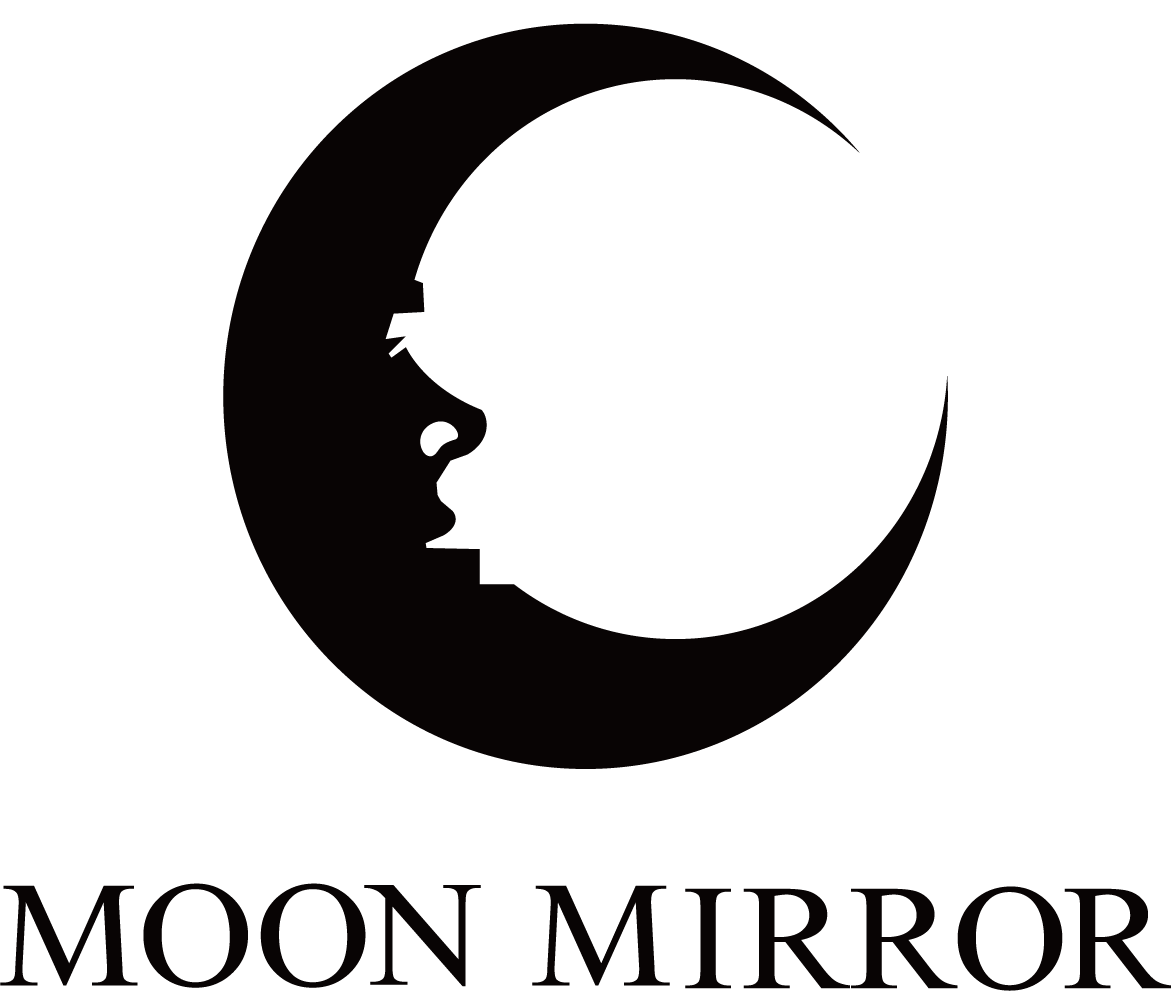
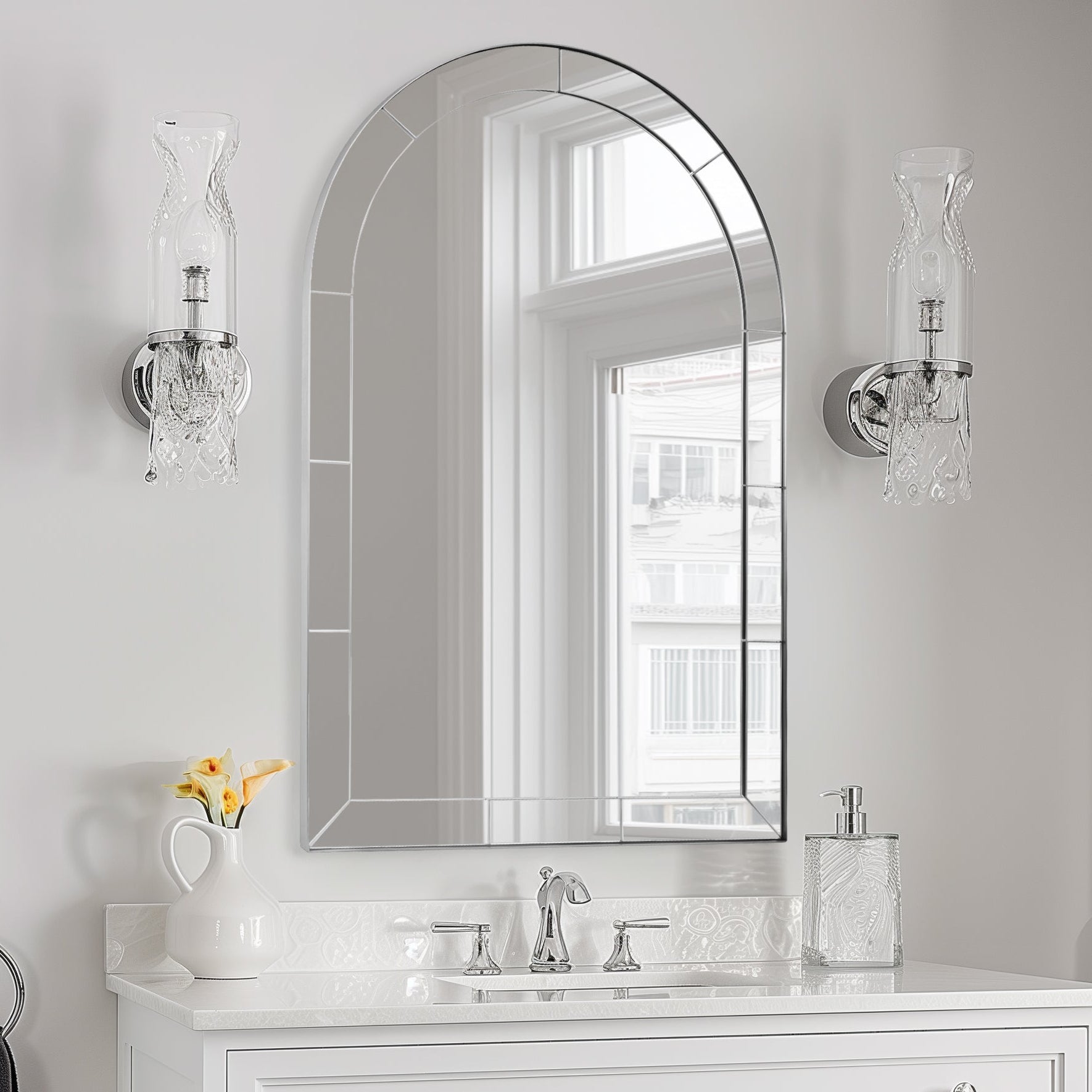






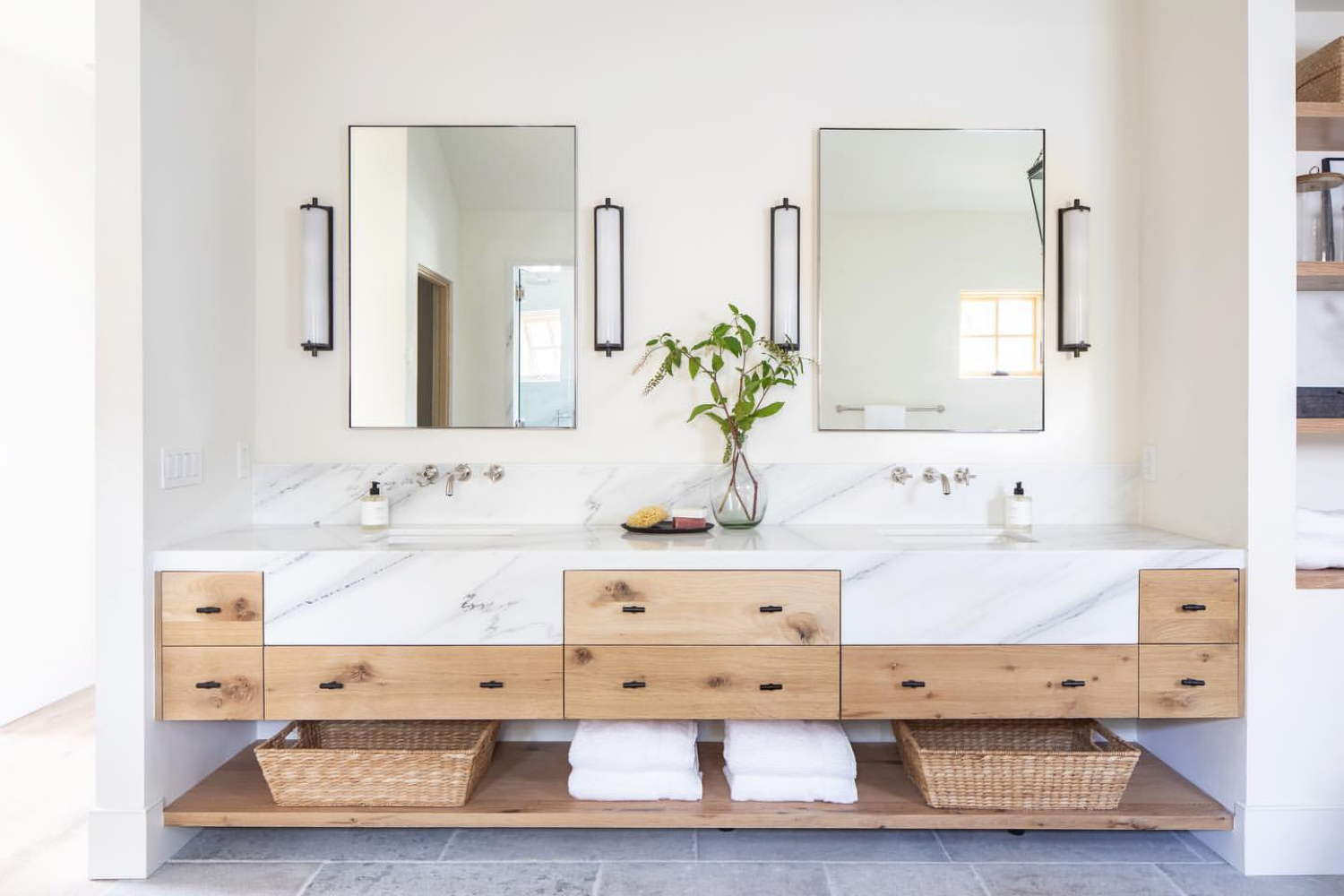





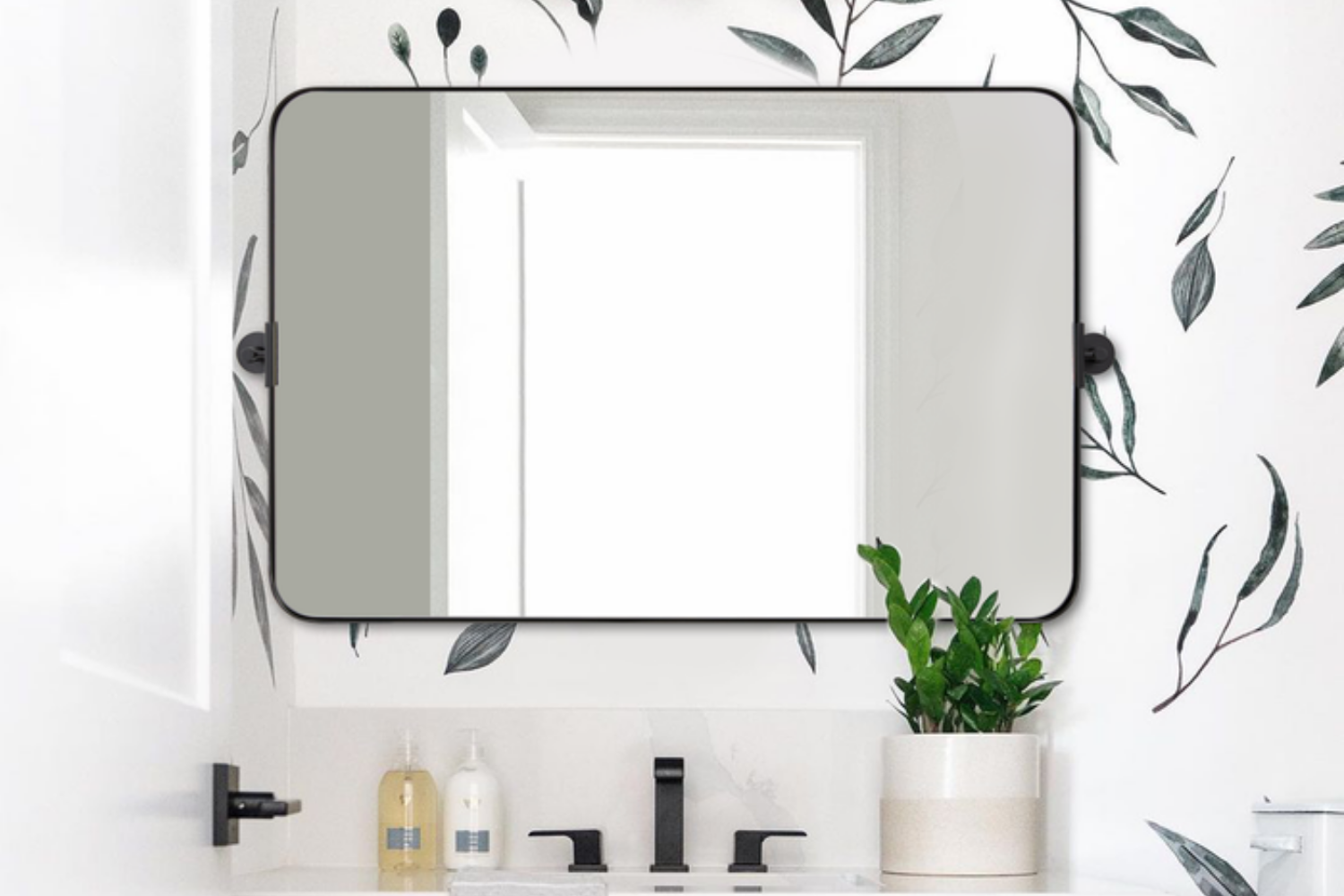
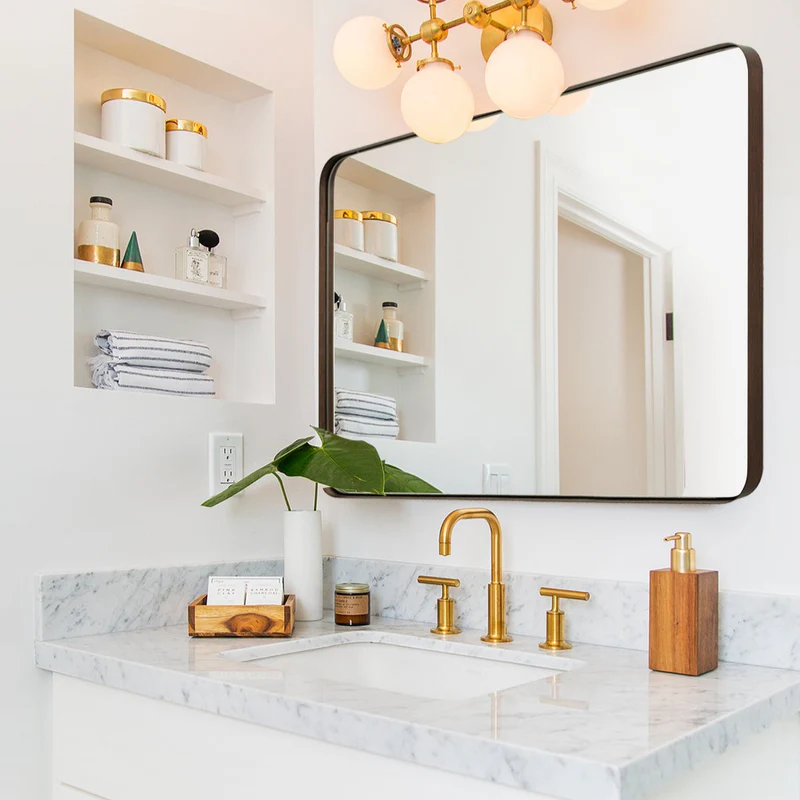











Laisser un commentaire
Ce site est protégé par hCaptcha, et la Politique de confidentialité et les Conditions de service de hCaptcha s’appliquent.